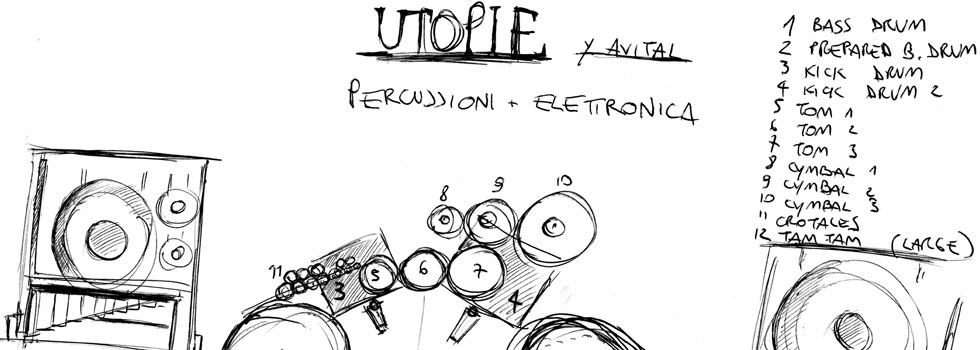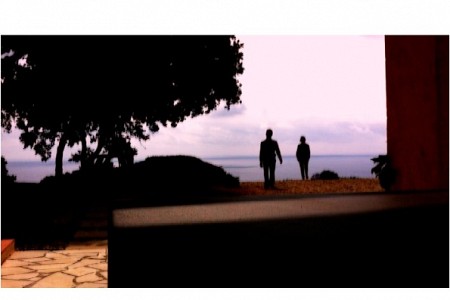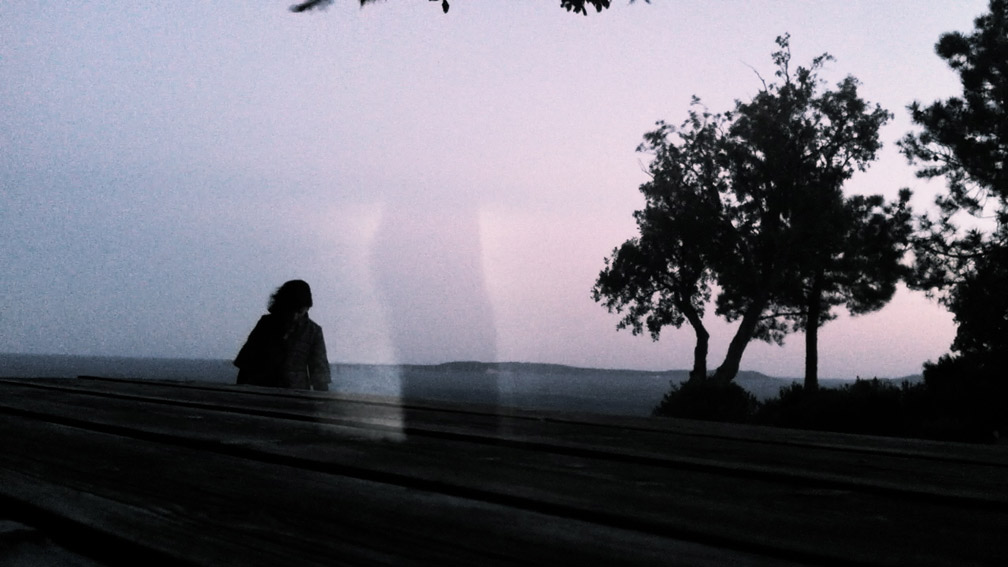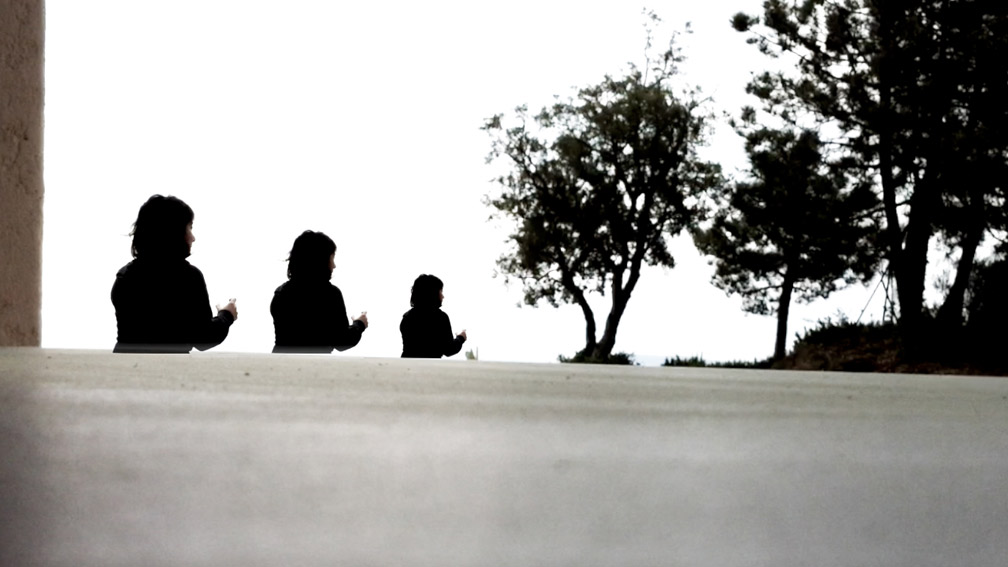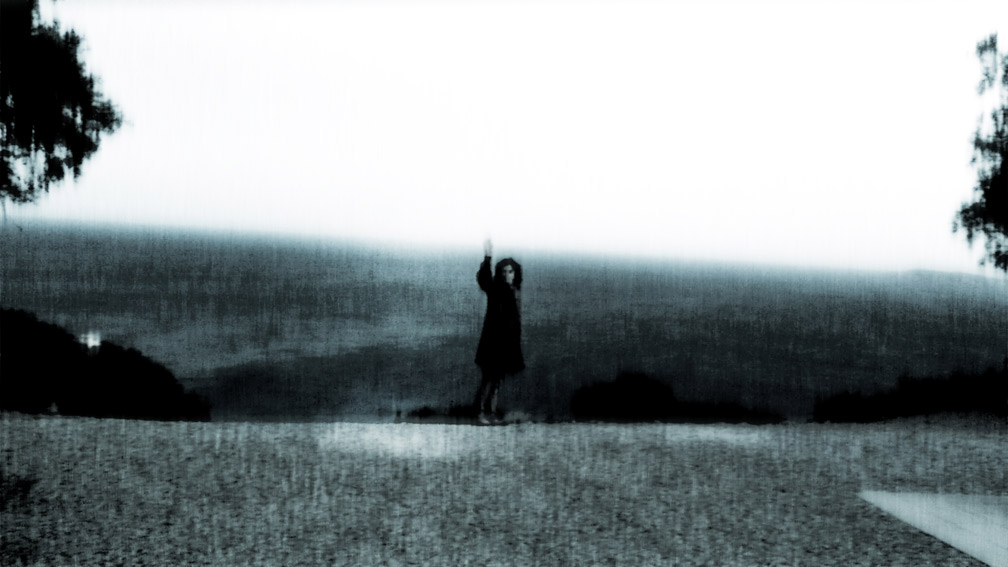- Home
- Utopie N.1 - RAYOL (Concert version)
04/09/2013, G.Verdi Conservatory, Milan; performing: Lorenzo Colombo
Solo percussions, video & tape
Sample score
In 1516 Thomas More created the word "utopia" combining two Greek words, οὐ "not" and τόπος "place", meaning: "a place that does not exist." An ideal and unattainable non-lieu (non-place), that rests outside of the common daily reality. Utopias is an artistic investigation focused on the reality of the European holiday houses - concrete example of human desire (wealthy humanity) to build its own utopia. Buildings of private property, often linked to a family's private history or to renowned panoramic spots of great beauty. Temporary habitats in which families and individuals spend their free time looking for calmness, intimacy, silence, slowness and nature, in a sharp contrast to their daily routine. Observing these utopias reveals hidden and contrasting levels of identity both of these environments and of the human experience inside them: on the one hand the holiday houses work as barriers between the outside reality and the ideal location, and on the other trap everything wished to be exorcised: loneliness, tension, restlessness.
In "The Aesthetics of Emotion" (G. Cupchik, "The Aesthetics of Emotion", Cambridge University Press, 2016) Yuval writes:
"In Israel, where I was born, there are almost no vacation houses. It is too small, too young and too connected to immigration traumas (my father always used to say: the best vacation is – at home!). During my first year in Europe, ten years ago, I was exposed to vacation houses for the first time in my life. At the beginning I had the disturbing thought that for 26 years I had lived in a crazy place, with no calm or beauty. Later on, after observing more carefully, I noticed that while the beauty of the places was extraordinary, the human level was in a way split into 2 contrasting layers: the formal one (calmness of the vacation), and the psychological/emotive level, in which the stressed man due to his debts becomes more and more stressed, the problematic couple becomes more and more passive-aggressive...and so on. It is like as if the inner conflicts did not subside but, rather, got amplified. A trap."
The summer house in Rayol-Canadel-sur-Mer, where my wife and I were guests, is the first microcosm object of observation in the series of compositions Utopias, entitled Utopie N.1 - Rayol, for solo percussion, Video & electronics. It is a place of contrasting landscape - on the one hand it is located in one of the most overwhelming panoramas of the Mediterranean, and on the other hand, from time to time, it is crossed by extremely strong and violent wind storms, which shake everything around. The composition unites the three elements from which it is composed - the live performance, tape & visuals in an equal and complimentary way, in a mode which aims to create a total sensorial experience, keeping the “flatness” of a postcard. It uses wide techniques, a multiple score, a wide variety of sound and visual elaborations, but aims to a simple and coherent expression of the meanings it wishes to carry.
Subtitled as “Icon/sonic postcards” this work is composed by a series of scenes in video, tape & performance that cross between the non-action of the vacation house and its symbolic wind storms. Unlike other works of mine (GARON, OTOT symphony, Unfolding space), I use in this work a simple double-stereo system to keep the sense of flatness. Most of the elements in the “tape” are various results of the sound recordings I made (extended with sound & pitch modifications, granulation, morphing, freezes, spectral processes and some effects and so on), made with Max/Msp, SoundHack, AudioSculpt, Max for live & Ableton Live. The visuals (taken with the iPhone) are elaborated into multi-layer “postcards” created mainly in FCP. Dealing in this composition with the theme of documented reality I decided, in this work, not to use live processing of sound at all.
The solo percussions have a role of a “poetic narrator” in this work. Using a wide percussions set (2 large tam-tams, 2 orchestral bass drums, two pedal bass drums, 3 tom-toms, 2 bongos, 3 cymbals, 2 nipple gongs, spring coil + contact mic, 2 octave crotales, vibraphone) allowed me to create parallel layers of timbers, polyphonic lines and multi-rhythm lines that could create a wide gamma of expressions. The score, in fact, is written in 1-4 parallel systems in order to underline the various layers.
